
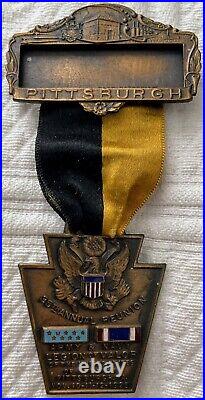
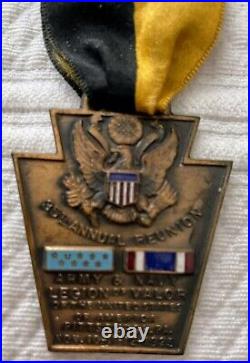
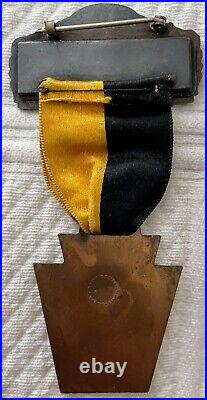

Up for sale is a very rare Army Navy Legion of Valor medal! The medal is from Pittsburgh and shows the Medal of Honor and Army Distinguished Service Cross ribbons. The medal also states it is the 35th anniversary. This organ was formed in 1890, and this medal is from 1925. Medal is in amazing condition given its age and you’ll be hard pressed to find any better! Do not miss your chance to own this amazing piece today because once it’s gone it’s gone!


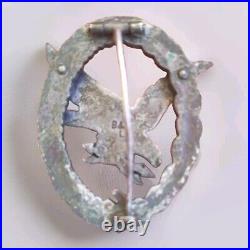
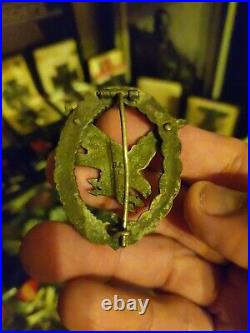
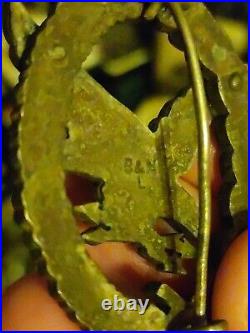

Spanish Medal Legión Condor. El estado es Used.


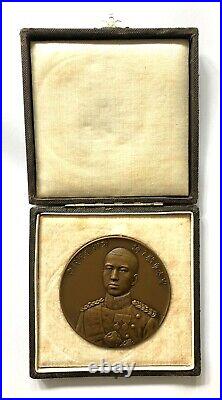
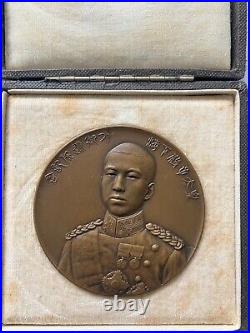
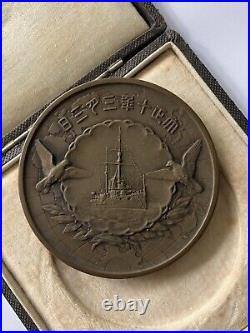
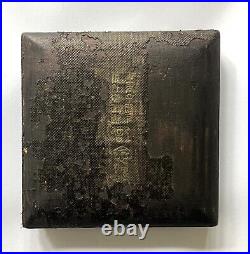

61mm in diameter and made by the Osaka Mint, this bronze table medal was issued in 1921 to commemorate a voyage made to Europe by the then Crown Prince (the future Emperor Hirohito). It is still in its titled and fitted case of issue, which is hard to find. This greatly increases the risk that an item can get permanently lost.


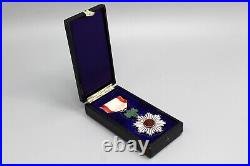
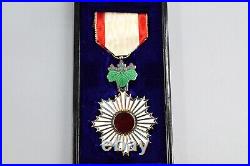
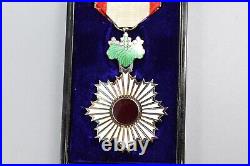
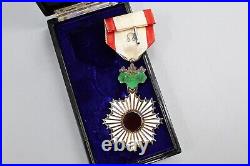

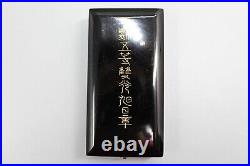

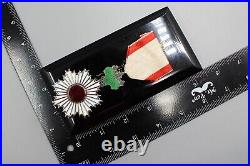

Japanese Rising Sun 6th Class Medal in black lacquered case. I believe this one is from approximately 1930s-1950s era. In good overall condition. The Order of the Rising Sun (issued from approximately 1875 – 2003), established by Emperor Meiji, was awarded to those who have made distinguished achievements in international relations, promotion of Japanese culture, advancements in their field, development in welfare or preservation of the environment. Basically, awarded for long and/or especially meritorious civil or military service.


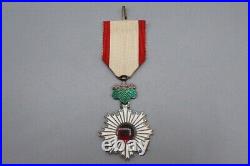
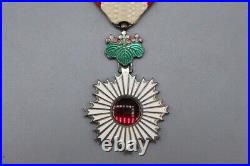
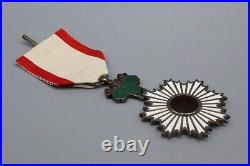
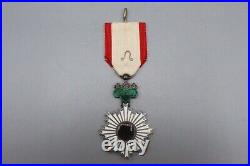
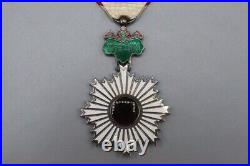



Japanese Rising Sun 6th Class Medal. I believe this one is from approximately 1930s-1950s era. In good overall condition with some minor surface, edge chipping. The Order of the Rising Sun (issued from approx 1875 – 2003), established by Emperor Meiji, was awarded to those who have made distinguished achievements in international relations, promotion of Japanese culture, advancements in their field, development in welfare or preservation of the environment. Basically, awarded for long and/or especially meritorious civil or military service.


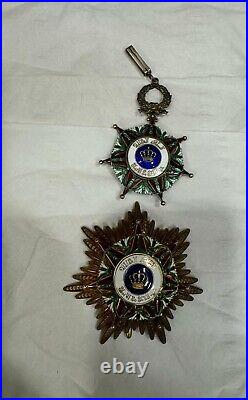
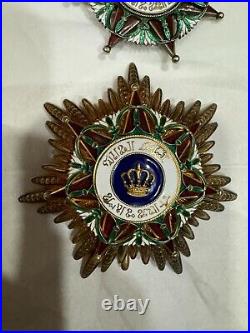
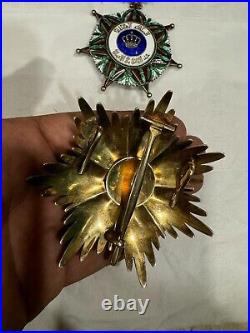
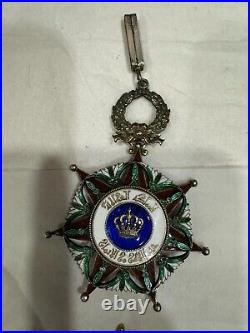

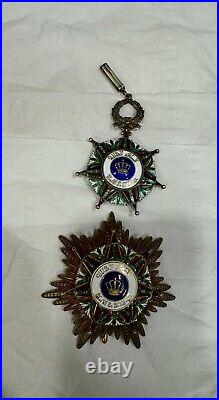
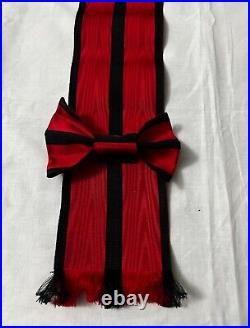
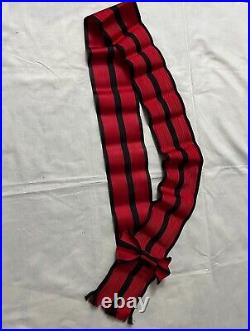

This Iraq/Irak Al-Rafidain Medal Order Silver With Sash Civil Division First Class is a rare and valuable collectible for militaria enthusiasts. The medal is an original period item from the 1919-38 era and was manufactured in Iraq. It comes with a sash and is a first-class civil division medal. The medal is a unique piece of history and would make a great addition to any collection. It is a must-have for anyone interested in collecting original period items. Don’t miss the opportunity to own this rare and valuable collectible. Iraqi Kingdom Silver Medal Order Civil Division with Sash First Clss.


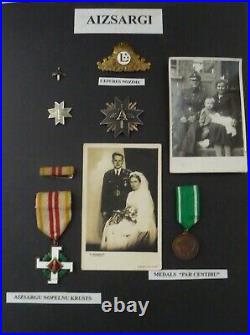
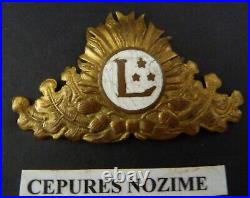


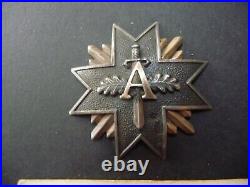
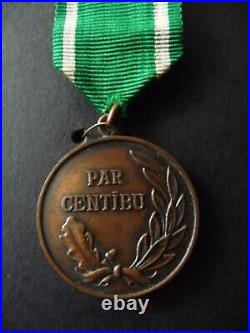

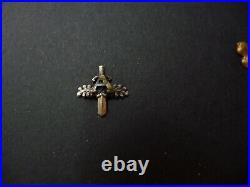
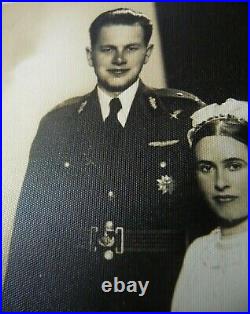
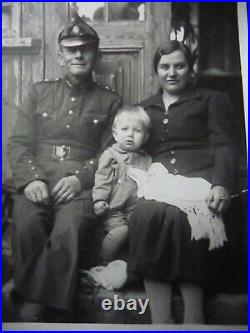


Latvia Paramilitary Military Organization”AIZSARGI” (National Guard equivalent) Medal Badge Collection on Storyboard during the 1st Republic Period 1918-40. 2 photos showing Aizsargi uniforms.


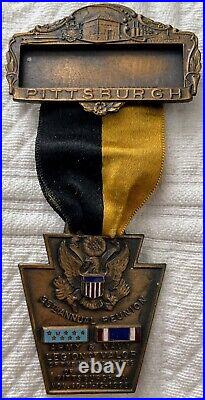

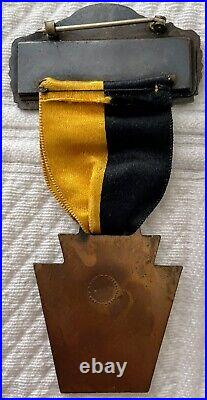

Up for sale is a very rare Army Navy Legion of Valor medal! The medal is from Pittsburgh and shows the Medal of Honor and Army Distinguished Service Cross ribbons. The medal also states it is the 35th anniversary. This organ was formed in 1890, and this medal is from 1925. Medal is in amazing condition given its age and you’ll be hard pressed to find any better! Do not miss your chance to own this amazing piece today because once it’s gone it’s gone!


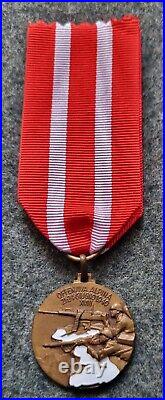

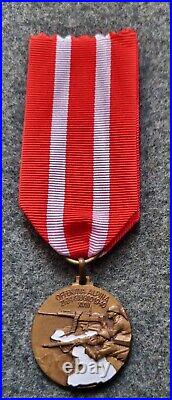
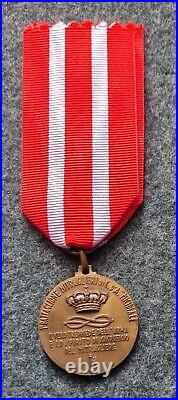
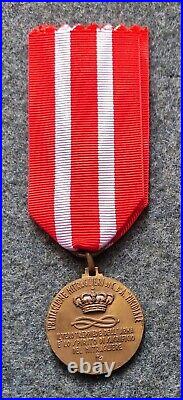
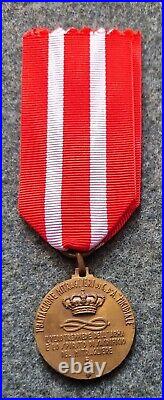
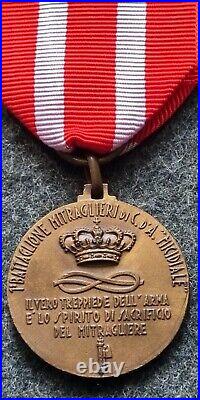
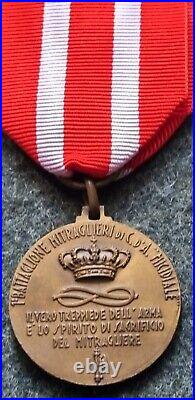
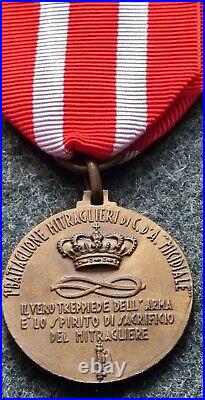
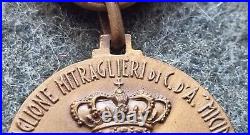
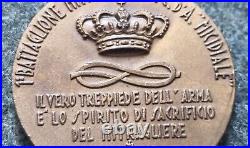
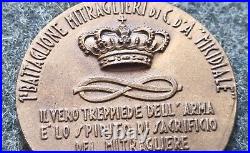
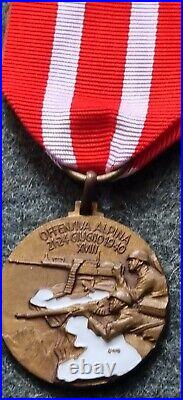
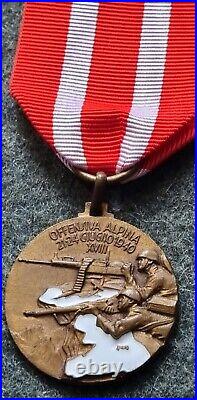

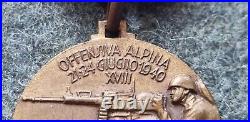

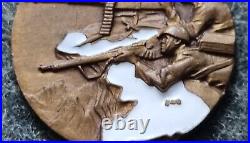
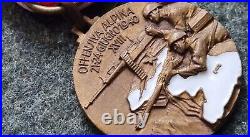

REG # 5007 (USA). REGNO D’ITALIA RE VITTORIO EMANUELE III° DI CASA SAVOIA – PARTITO NAZIONALE FASCISTA – P. DUCE BENITO MUSSOLINI – DUX – DVX – G. LEGIONE MILIZIA VOLONTARIA SICUREZZA NAZIONALE – CC. CAMICIE NERE – CAMICIA NERA – SECONDA GUERRA MONDIALE – WORLD WAR TWO – W. II° – WWII – FRONTE OCCIDENTALE FRANCESE – WEST FRONT – 1940. INIZIO DELLA SECONDA GUERRA MONDIALE. FRONTE FRANCESE – I° BATTAGLIONE DI CORPO D’ARMATA “MICIDIALE” – MEANA DI SUSA (TORINO). RARA & ORIGINAL FASCIST BRONZE MEDAL – NATIONAL FASCIST PARTY – KINGDOM OF ITALY – DUX DUCE BENITO MUSSOLINI – FASCIST MILITARY MEDAL AWARD FOR THE BEGINNING OF 2. Nd WORLD WAR IN WEST FRENCH FRONT 1940 – I° MACHINE GUNNERS BATTALLION “MICIDIALE” – THE MEDAL Ø MEASURE mm 30,0 AND THE WEIGHT IS 13.6 GRAMS – ORIGINAL SILK RIBBON… ALL IN PERFECT CONDITIONS & ORIGINAL ITEM!! Aggiungimi al tuo elenco dei venditori preferiti. Dai un’occhiata a tutte le. CHE POSSONO CONTENERE IMMAGINI CON IL FASCIO LITTORIO E SONO OGGETTI ORIGINALI DEL VENTENNIO FASCISTA. PER CHI DALL’EUROPA E QUINDI ANCHE DALL’ITALIA AVESSE PROBLEMI A CONTATTARMI E/O AD ACQUISTARE, PROVI A CERCARE IL MIO INDIRIZZO DI POSTA ELETTRONICA CLICCANDO SU. Io DEVO esporlo per legge… VOI LO TROVATE CLICCANDO O GUARDANDO DOVE VI HO INDICATO, GRAZIE!


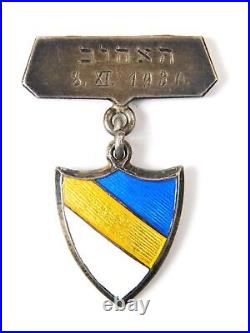
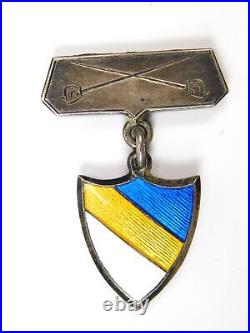

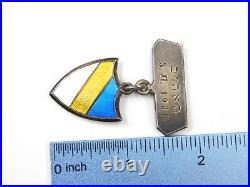

Israeli Israel Jewish Judaica Pre WW2 1930 Enameled Badge Pin Medal Order. Original Israeli 1930 Enameled Badge. Listing and template services provided by inkFrog.














































































